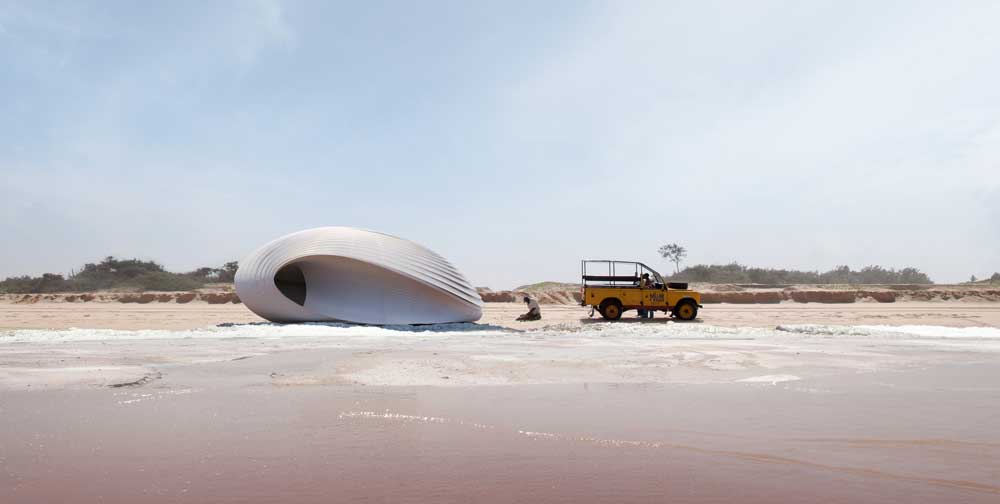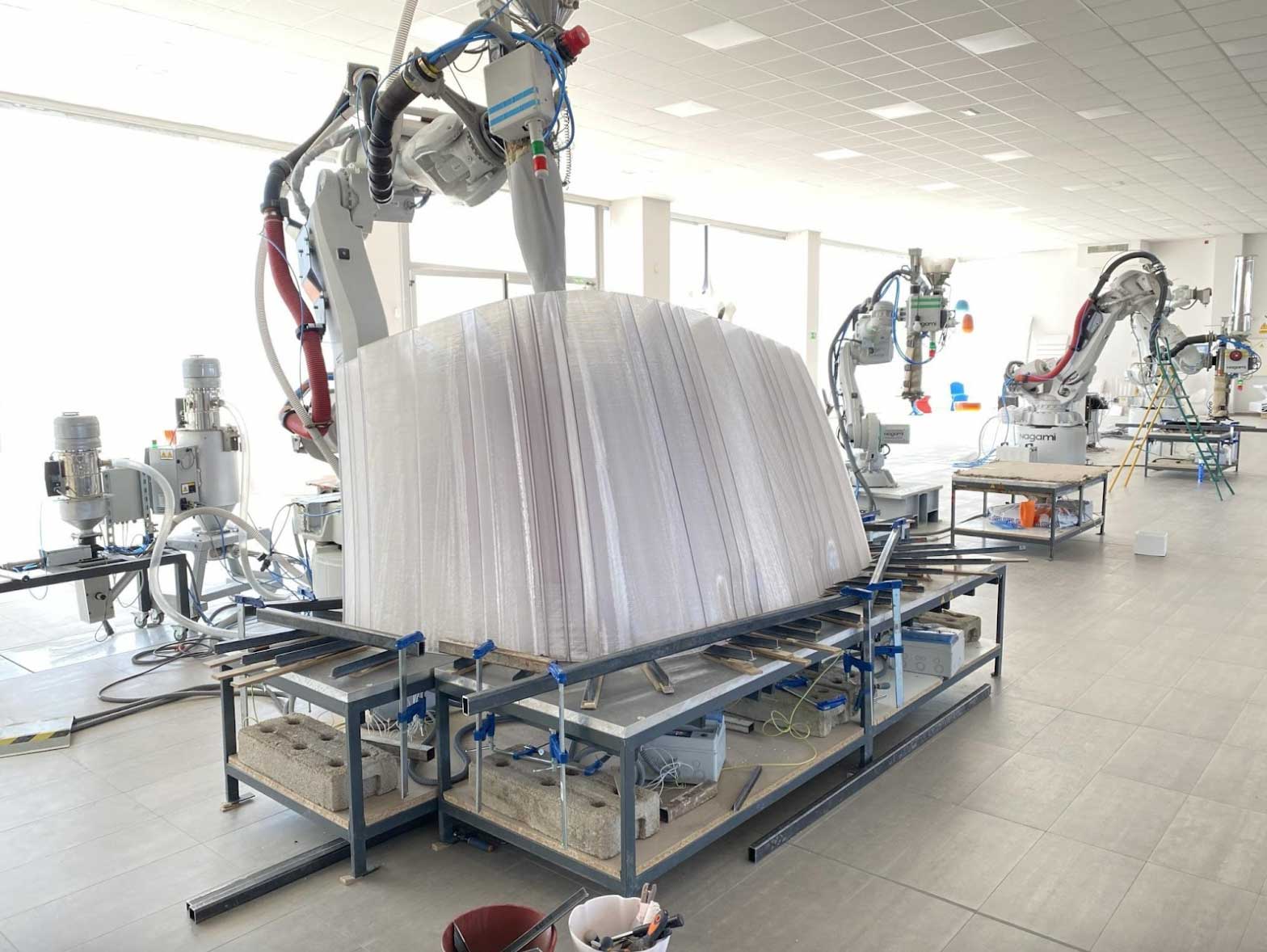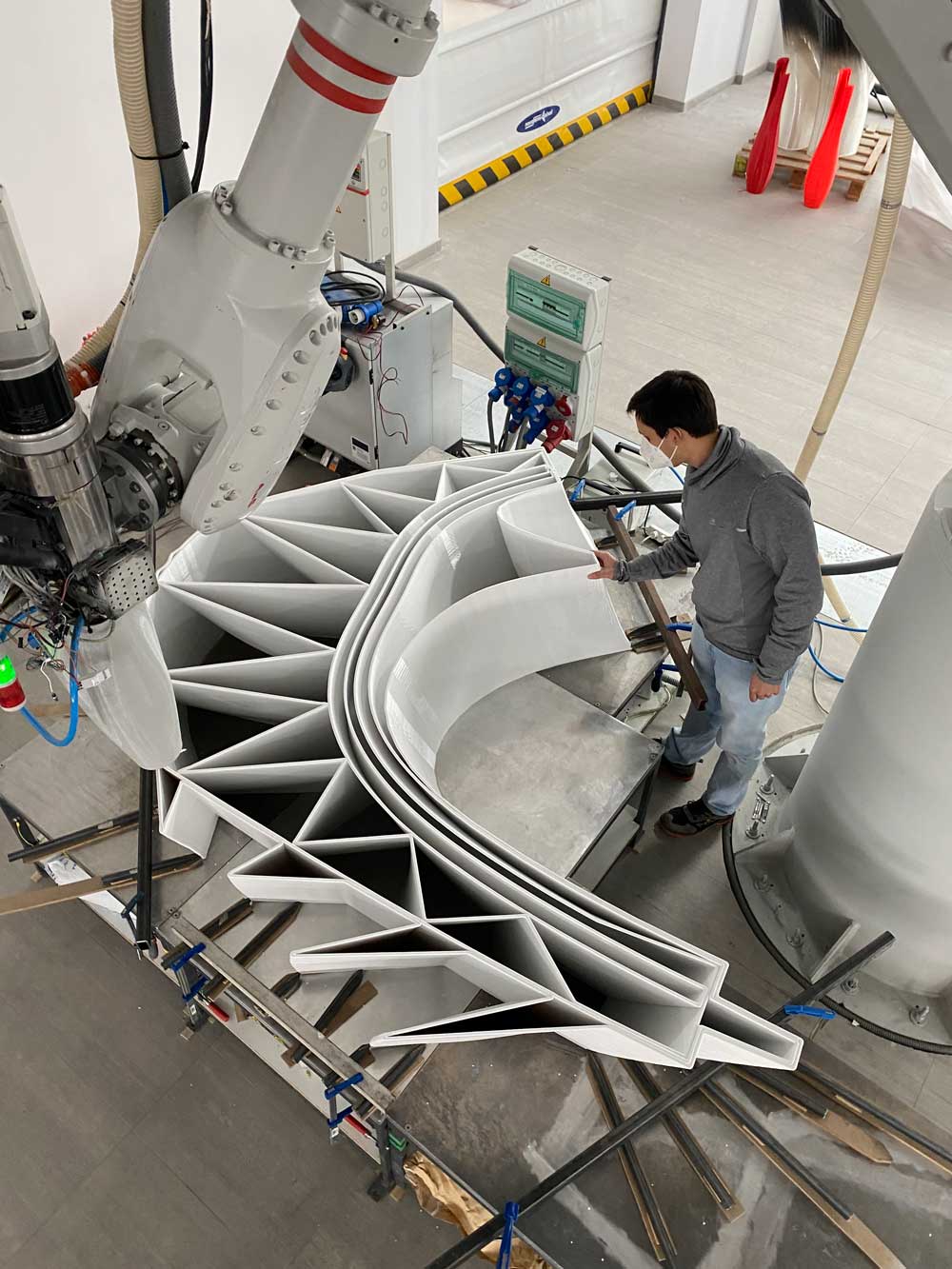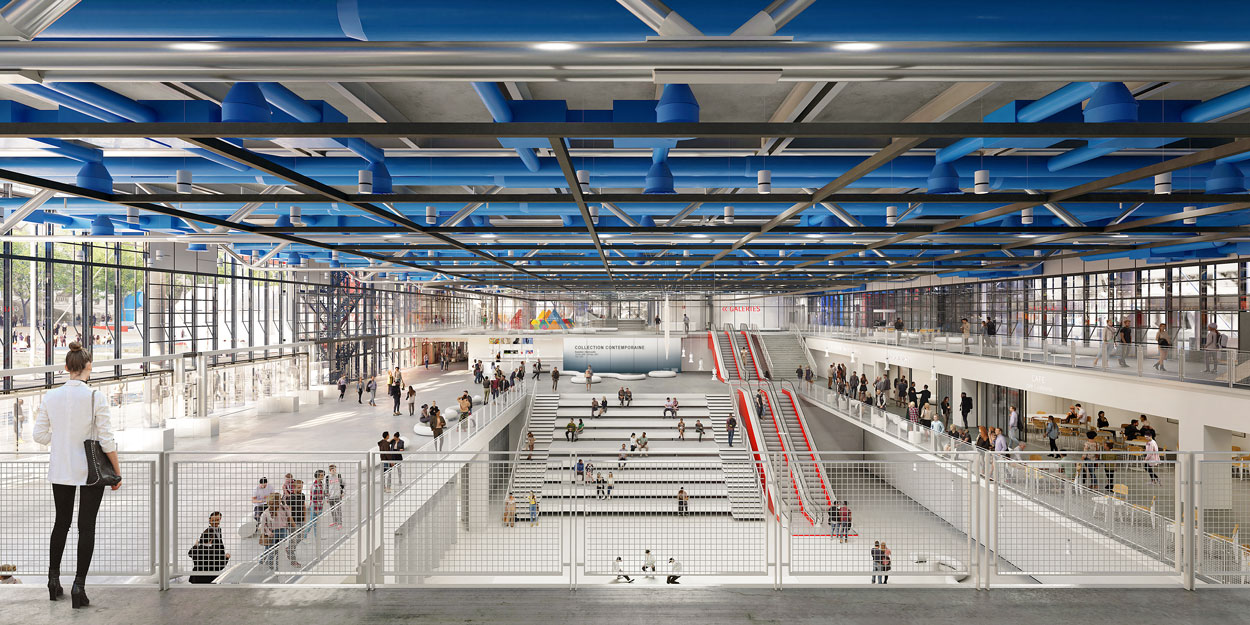3D Printed Public Pavilion to Confront the Global Plastic Waste Crisis
Plastic waste is a global challenge that still occurs today but can be used as an endless construction material. In collaboration with to.org and 3D printing studio Nagami, architectural studio HASSELL has developed a prototype of a 3D-printed public pavilion made from recycled plastic. One of the founders of Nagami, Manuel Jimenez Garcia, explained that,
"We have over 5 billion metric tons of plastic waste on our planet. As 3D printing evolves into architecture and construction, we can massively increase the demand for recycled plastics and speed up ocean cleanup and landfill processes. We hope this project will inspire a new generation of architects to truly believe that radical changes in construction, driven by eco-friendly innovations, are truly possible," he said.
 3D Printed Public Pavilion
3D Printed Public Pavilion
The design form of this pavilion represented by indigenous shelters can be easily modified and adapted to the environment. This is because of its flexible mass, the pavilion is placed on both the seashore and snowy areas because the design is resistant to climate change. In addition, plastic waste materials treated by 3D printing allow for better geometric freedom than traditional manufacturing methods. Another advantage of this design is that the prototype can be transported and assembled easily to be more efficient.

The installation location is on the beach

The installation location is in a snowy area
This white circular pavilion can adjust to climate change. In cold climates, the pavilion will function like a hermetically sealed igloo house in the Arctic, and its outer shell will feature fins to capture snow and create natural insulation. As for the hotter climate, those overlapping fins serve as natural shading, encouraging passive cooling, cross-ventilation, and water harvesting. In addition, the addition of skylight and opening features strengthens the connection with the natural environment, allowing the entry of solar lighting or natural ventilation.

The pavilion designs can adapt to climate change
To tackle the global plastic waste crisis, its designers are using 3D printing technology on an architectural scale in separate parts that are being made at the Nagami factory in Spain. This architectural independence allowed the designers to form pavilions for future design effectively. This pavilion is a form of effort to utilize plastic waste as a useful and sustainable thing. In addition, this design is also an invitation to other designers and architects to create works by responding to environmental problems. Finally, the hope is that it will be attention from the community and a form of appreciation for art and design.
 3D printing technology used in pavilion design
3D printing technology used in pavilion design

The process of creating a pavilion with 3D print technology










Authentication required
You must log in to post a comment.
Log in